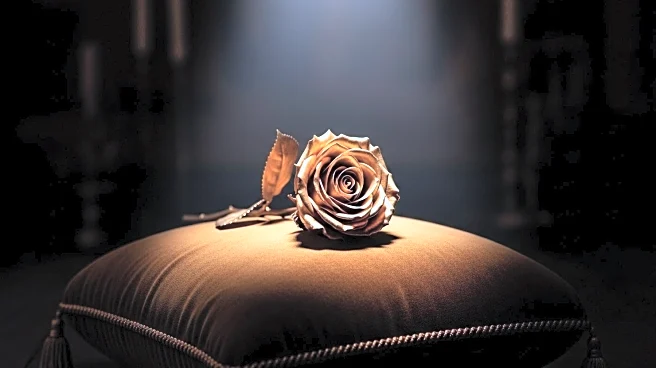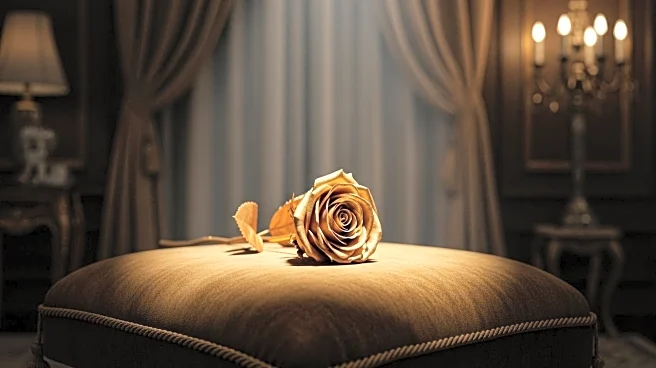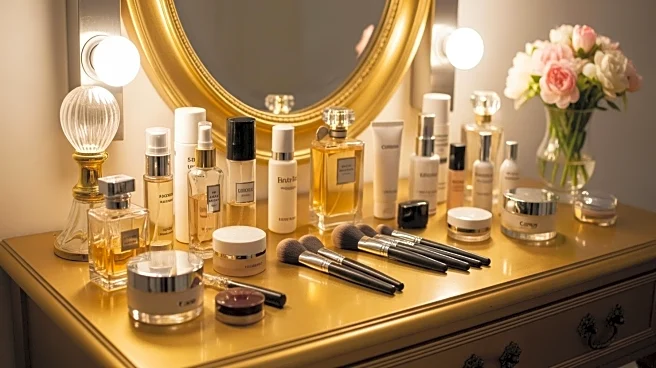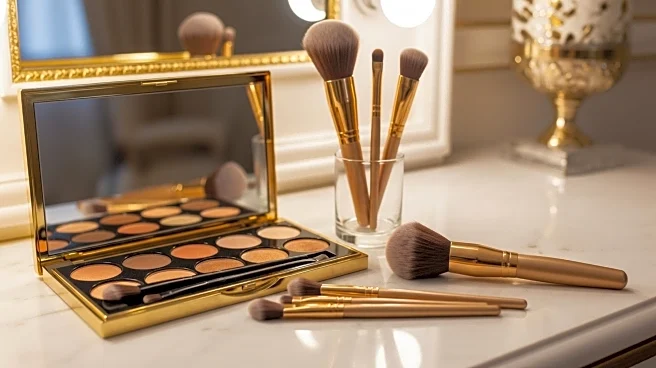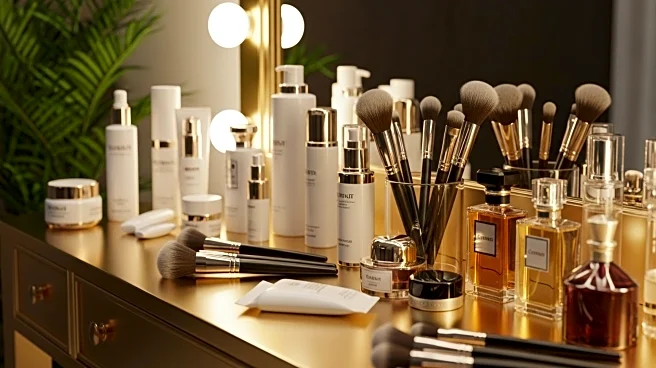What's Happening?
Mel Owens, the 66-year-old star of 'The Golden Bachelor,' faced criticism during the season premiere for ageist comments he made on a podcast in June. Owens had expressed a preference for women aged 45 to 60, stating he would 'cut' those over 60. Despite the controversy, ABC cast 23 women, all but one over 60, for the show. Owens apologized during the premiere, acknowledging his remarks were 'unfair' and 'insensitive,' and asked the contestants for a second chance. The show aims to challenge stereotypes about older women, presenting them as vibrant and romantic partners.
Why It's Important?
The controversy highlights ongoing societal debates about ageism and the representation of older women in media. 'The Golden Bachelor' seeks to redefine perceptions of senior women, emphasizing their capability for romance and vitality. Owens' comments and subsequent apology underscore the challenges in shifting cultural narratives about age and attractiveness. The show's approach could influence public attitudes towards aging and the desirability of older women, potentially impacting media portrayals and societal norms.
What's Next?
As the season progresses, viewers will watch how Owens navigates relationships with the contestants, potentially altering perceptions of age and romance. The show's producers may continue to address age-related stereotypes, fostering discussions on ageism. The audience's reaction to Owens' journey and the contestants' stories could shape future seasons, influencing casting decisions and narrative focus. The show's success in challenging ageist views may encourage other media to explore similar themes.
Beyond the Headlines
The incident raises ethical questions about the portrayal of age in reality TV and the responsibilities of media producers in challenging stereotypes. It also highlights the cultural shift towards valuing older individuals' experiences and contributions. The show's focus on older women as romantic leads could inspire broader societal changes, promoting inclusivity and diversity in media representations.


